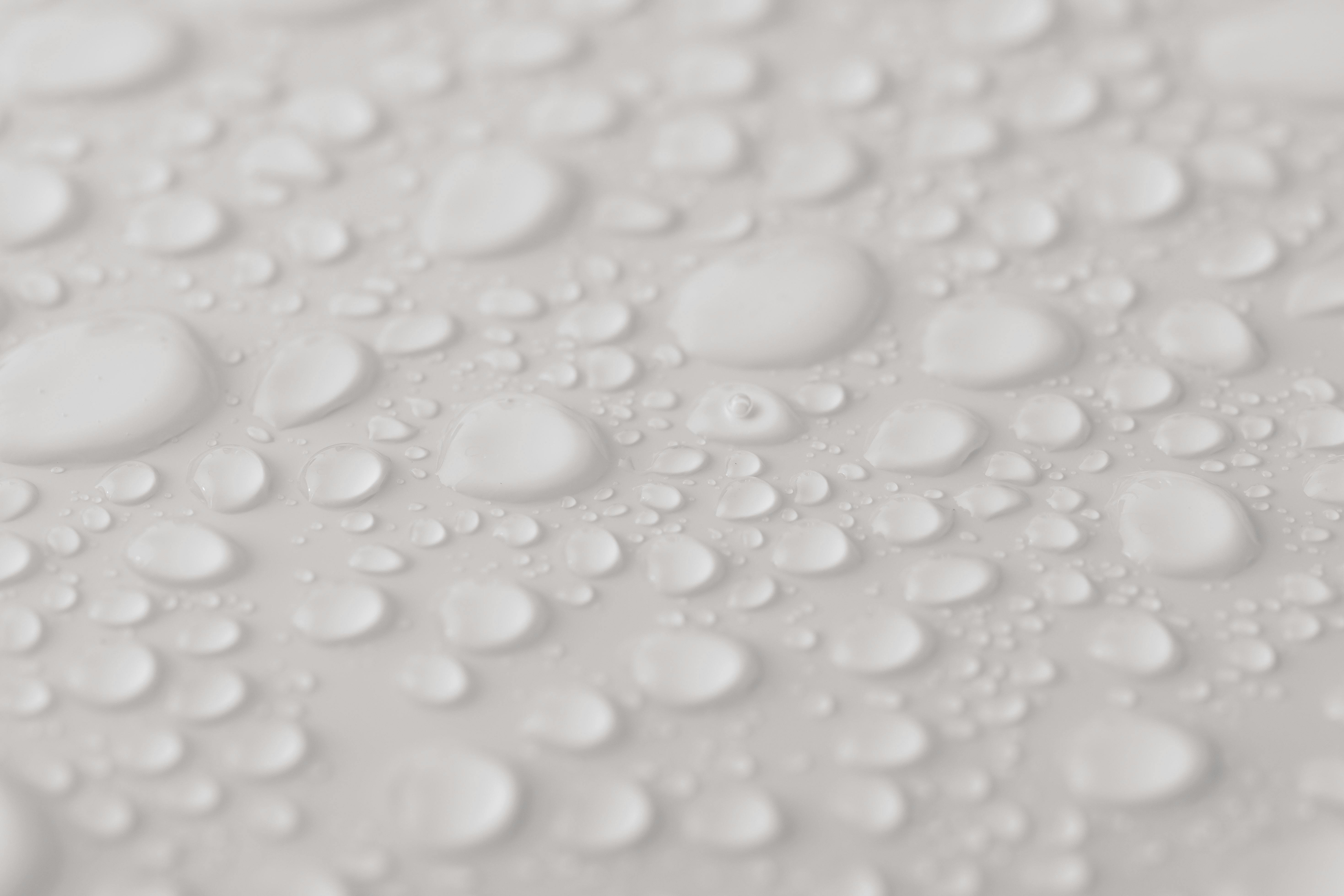Distilled water and purified water are two types of water that are often confused. While both types of water have been treated to remove contaminants, there are some distinct differences between them. Distilled water is created by boiling water to remove impurities, while purified water is filtered and treated with additives such as chlorine or ozone to remove contaminants. Both types of water can be used for drinking, but they differ in terms of taste, cost, and health benefits.Distilled water is water that has been purified through a process of distillation. This involves boiling the water and then condensing the steam back into a liquid. The end result is a pure form of H20 that does not contain any minerals or other impurities. Distilled water is often used for medical, industrial, and automotive purposes and can also be used as drinking water.
Purified Water
Purified water is water that has been treated to remove impurities from it. It is often used in medical and laboratory settings for various tests and procedures. Purified water is also used in food processing, pharmaceutical manufacturing, and for drinking water. Purification methods can include distillation, reverse osmosis, deionization, and other processes. The goal of these processes is to create a product that meets certain standards for purity, such as those set by the U.S. Food and Drug Administration (FDA).
The most common method of purifying water is distillation, which involves boiling the water until it evaporates and then condensing the vapor back into liquid form. This process removes many impurities, including bacteria and dissolved solids. Other methods of purification include reverse osmosis, which forces water through a semi-permeable membrane to remove impurities; deionization, which uses ion exchange resins to interact with dissolved minerals; and ultraviolet light treatment, which uses ultraviolet light to kill living organisms in the water.
It is important to use purified water in certain applications due to its
The Process of Purifying Water
Water purification is a process that involves the removal of impurities from contaminated water. The process includes physical, chemical and biological treatments to remove these impurities. This is done to make the water safe for drinking and other uses.
The first step in the purification process is usually sediment filtration, which involves removing solid particles from the water. This can be done using screens, filters, or sedimentation tanks. After sediment filtration, additional treatments such as disinfection and coagulation may be used to remove bacteria and other microscopic organisms.
Disinfection is usually achieved through chemical processes such as chlorination or ozone treatment. In some cases, ultraviolet light may also be used for disinfection. Coagulation involves adding a chemical to the water which causes suspended particles to clump together so they can be filtered out more easily.
After sediment filtration and disinfection/coagulation, other treatments such as activated carbon adsorption, reverse osmosis or ion exchange may be used to remove additional impurities from the water.
Distillation vs Purification
Distillation and purification are two processes that are used to separate components from a given mixture. Both processes involve separating compounds based on their physical or chemical characteristics. Distillation is a process of separating mixtures by boiling them and then condensing the vapor so that the components in the mixture can be collected and separated. Purification is a process of removing impurities from a substance by various methods, such as filtration, crystallization, or distillation.
The main difference between distillation and purification is the purpose of each process. Distillation is used to separate components from a given mixture while purification is used to remove impurities from an already separated component. Additionally, distillation involves boiling a mixture while purification does not require heating.
Distillation involves heating a mixture until it boils and then condensing the vapor so that the components in the mixture can be collected and separated. This process can be used to purify liquids, but it is most often used to separate volatile components from non-volatile ones. For example, it can be used to separate water from alcohol
Distilled Water
Distilled water is purified water produced by the process of distillation, which involves boiling the water and then condensing the steam back into a liquid. Distilled water is free from minerals and salts, making it ideal for medical use and for use in industrial processes where mineral buildup can be a problem. Distillation also eliminates bacteria, viruses, and other impurities that can be found in tap water. It is often used in laboratories and for drinking water. However, distilled water has a flat taste because it lacks minerals.
Reverse Osmosis Water
Reverse osmosis is a process that uses pressure to force water through a semi-permeable membrane to remove impurities. This process produces purified water that is free from bacteria, viruses, minerals, salts, and other impurities found in tap water. Reverse osmosis is often used as an alternative to distilled water for drinking because it has none of the unpleasant flat taste that can occur with distilled water. However, reverse osmosis systems require regular maintenance to keep them working properly.

Benefits of Drinking Distilled Water
Drinking distilled water can provide a number of health benefits. Distilled water is free of minerals, chemicals, and other contaminants that may be present in tap or spring water. It has been known to help improve digestion, reduce bloating, and flush out toxins from the body. Additionally, it may also help reduce the risk of certain diseases such as cancer and heart disease. It’s also beneficial for those who suffer from allergies or asthma as it does not contain any pollen or other allergens that could trigger a reaction. In addition to these health benefits, distilled water has a neutral pH level which helps maintain a balanced body chemistry. This can aid in better absorption of nutrients from food and supplements as well as restoring the body’s natural balance of electrolytes.
In addition to its health benefits, drinking distilled water is more affordable than purchasing bottled spring or mineral water. It’s also more convenient since it can be made at home with an affordable distiller machine. This allows you to enjoy clean, pure drinking water without having to worry about the quality or cost associated with bottled varieties. Finally, distilled water has no taste so it
Benefits of Drinking Purified Water
The benefits of drinking purified water are numerous. Purified water is free from contaminants and pollutants, which can be beneficial for overall health and wellness. It can help to reduce the risk of certain diseases, such as cancer and heart disease, and it can also improve digestion. Additionally, drinking purified water can help to reduce the amount of toxins in the body, which can lead to improved skin health and clearer complexion.
In addition to these health benefits, drinking purified water can also help to keep the body hydrated. Proper hydration is essential for maintaining a healthy immune system, as well as helping to reduce fatigue and improve mental clarity. It can also help to increase metabolism and aid in weight loss. Finally, purified water can help to increase energy levels and provide a natural boost throughout the day.
Overall, drinking purified water is beneficial for overall health and wellness. Not only does it help to reduce the risk of certain diseases, but it also helps to improve digestion and reduce toxins in the body. Additionally, proper hydration helps to keep the body functioning optimally by improving energy levels and boosting immunity.
Advantages of Distilled Water
Distilled water is a type of purified water which has had both impurities and minerals removed. It is produced by boiling water, and then condensing the collected steam back into liquid form. The primary advantages of distilled water are that it is free from contaminants and other pollutants, such as chemicals, metals, and bacteria. It also has a neutral pH level, making it suitable for drinking and cooking. Additionally, since it lacks any minerals or nutrients, it can help to reduce mineral buildup in pipes and home appliances that use water.
Disadvantages of Distilled Water
Despite its many benefits, there are some potential disadvantages associated with distilled water. For example, since all minerals have been removed during the distillation process, it can have an unpleasant taste or odor. Additionally, since distilled water lacks any essential minerals, it may not be suitable for long-term consumption without supplementing with other sources of these beneficial nutrients. Finally, while distilled water is free from most contaminants and pollutants, there is still the potential for contamination during the distillation process if proper care isn’

Conclusion
Distilled water and purified water are both excellent sources of clean and safe drinking water. The primary difference between the two is that distilled water has had all of its impurities removed, while purified water may still contain some impurities. Distilled water is a better choice for those who want to be sure that no contaminants remain in their drinking water. However, it is important to note that both distilled and purified water can be suitable options for those who want to stay hydrated and healthy.
It is important to understand the differences between distilled and purified water before making a decision about which type of drinking water to purchase. Although there are some differences, both can provide a safe source of clean, healthy drinking water when used as directed.

